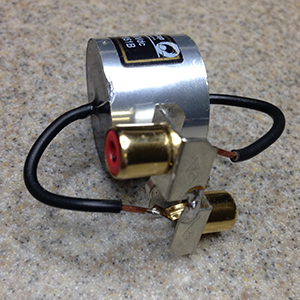 Paul Speltz, President of ANTICABLES, Electronic Engineer & High Fidelity Enthusiast shares his NEW RELEASE, Level 6.2 ABSOLUTE Signature RCA Analog Interconnects.
Paul Speltz, President of ANTICABLES, Electronic Engineer & High Fidelity Enthusiast shares his NEW RELEASE, Level 6.2 ABSOLUTE Signature RCA Analog Interconnects.
The Level 6.2 ABSOLUTE Signature RCA Analog Interconnects, pictured above, are what I have been running in my reference system. They are even better sounding than our previously top-of-the-line Level 5.2 PURE Reference RCA ICs.
What Makes These Better
These cables use the newest Keith Louis Eichmann’s Absolute-Harmony RCA Plugs, which I believe are the best sounding RCA plugs in the world. These RCA plugs are so much better then Mr. Eichmann’s PURE-Harmony plugs, I was inspired to push my technology to the maximum to match their musical ability.
Instead of using the red coated elongated coil copper wire to serve as both the returning ground wire and the shield wire (as with all my other RCA cable designs), these RCA Interconnect uses two additional ACElectrum™ Silver/Gold Alloy wires as the return signal path. The red colored elongated coil copper wire serves only as the shield wire, and sports twice as many shielding loops per inch then normal.
This configuration provides an even greater picture of each instrument in the recording, and the harmonic beauty of the music. There is better focus and yet another layer of vail (which previously was not even noticed), is now removed.
These were JUST released yesterday, and limited quantities are now available.
